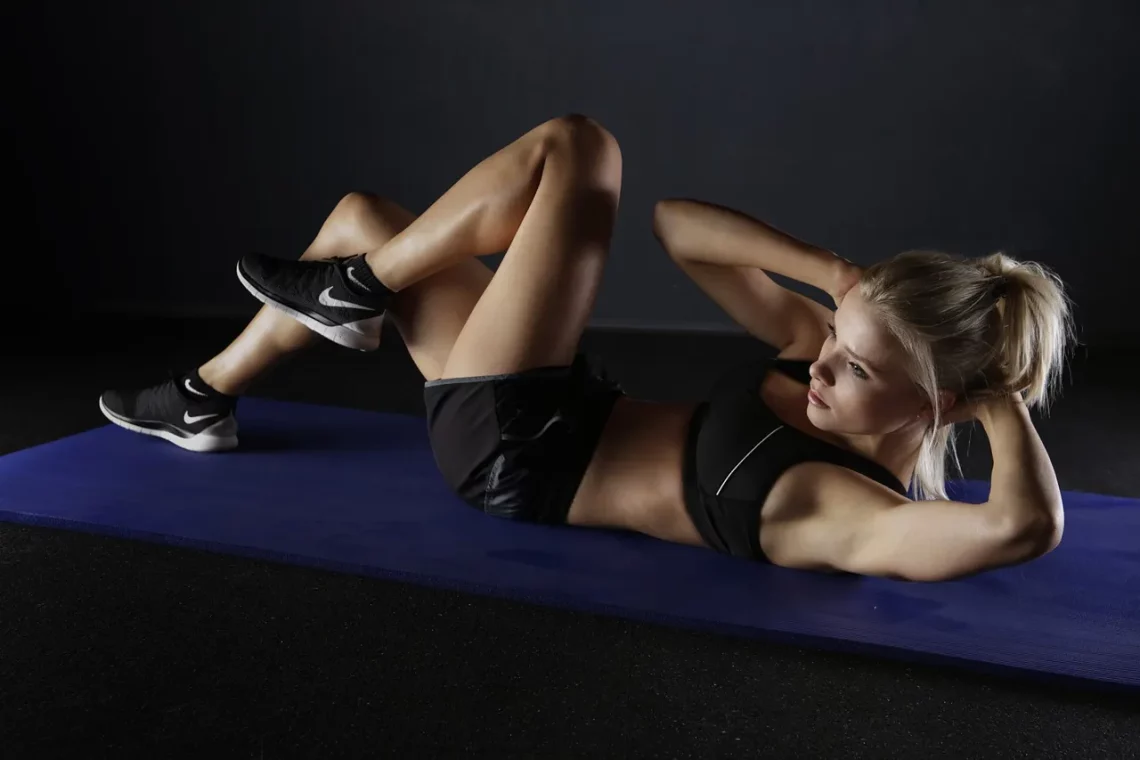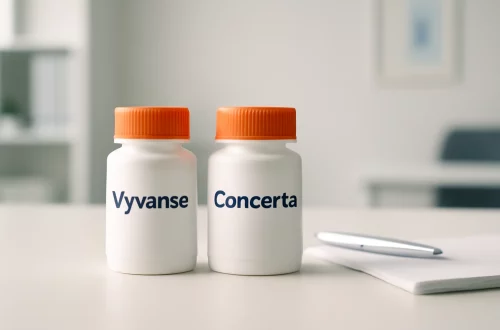
10 Effective Exercises to Strengthen Your Core with a Physio Ball
Strengthening your core is crucial for overall fitness, stability, and injury prevention. A strong core not only enhances athletic performance but also supports everyday activities, such as lifting objects, maintaining posture, and improving balance. The core consists of various muscles, including the abdominals, obliques, lower back, and pelvic floor, which work together to stabilize the body.
Incorporating a physio ball into your workouts can add an extra layer of challenge and engagement, as it forces your body to stabilize itself on an unstable surface. This instability activates more muscles than traditional exercises, leading to improved strength and coordination. Furthermore, the versatility of the physio ball allows for a wide range of exercises suitable for all fitness levels, from beginners to advanced practitioners.
Whether you’re looking to enhance your athletic abilities, rehabilitate after an injury, or simply improve your overall fitness, integrating core exercises with a physio ball can be an effective approach. In exploring the various exercises available, you’ll discover how this unique piece of equipment can transform your core workouts and help you achieve your fitness goals.
Stability Ball Plank
The stability ball plank is an excellent exercise for engaging the entire core, including the abdominals, obliques, and lower back. This exercise not only builds strength but also enhances stability and endurance. To perform the stability ball plank, start by placing your forearms on the physio ball, with your elbows directly beneath your shoulders.
Extend your legs behind you, resting on your toes, and engage your core to maintain a straight line from your head to your heels. It’s essential to keep your hips level and avoid sagging or lifting them too high. Hold this position for 20 to 60 seconds, depending on your fitness level. As you progress, you can increase the duration or try variations, such as lifting one leg off the ground to challenge your stability further.
Be mindful of your breathing throughout the exercise; inhale deeply through your nose and exhale through your mouth. If you find it difficult to maintain form, consider performing the plank with your forearms on the floor instead of the ball until you build enough strength and stability. Incorporating the stability ball plank into your routine can significantly enhance your core strength and overall stability.
Ball Pass
The ball pass exercise is a dynamic movement that targets the entire core while also improving coordination and control. To begin, lie on your back with your legs extended and a physio ball held between your feet. Engage your core and lift your legs towards the ceiling, then simultaneously lift your arms overhead, reaching for the ball.
As your hands and feet meet at the top, pass the ball from your feet to your hands, then lower both your arms and legs back toward the ground without touching it. Repeat this movement for 10 to 15 repetitions, focusing on maintaining control and engaging your core throughout.
This exercise can be modified by bending your knees or performing the movement with one leg at a time for beginners. As you gain strength, you can increase the difficulty by lowering your legs closer to the ground during the exercise, enhancing the challenge for your core muscles. The ball pass is a fantastic way to build not only strength but also coordination, making it a valuable addition to your core workout routine.
Wall Ball Roll-Out
The wall ball roll-out is a unique exercise that combines core strength with balance and coordination. To perform this exercise, stand facing a wall with the physio ball positioned against it at chest height. Place your hands on the ball and take a few steps back to create tension in your core.
Slowly roll the ball out away from the wall while keeping your body straight and engaging your core. Go as far as your balance allows, then use your core muscles to roll the ball back toward the wall. Focus on keeping your hips stable and avoiding excessive arching of your lower back during the movement. Aim for 10 to 15 repetitions, ensuring you maintain control throughout the entire range of motion.
For an added challenge, you can perform this exercise on one leg or with a twist, rotating your torso as you roll the ball out and back. This variation engages your obliques more intensely, further enhancing your core strength. The wall ball roll-out is an effective way to incorporate dynamic movement into your core training and improve overall stability and strength.
Russian Twist with Ball
The Russian twist is a classic core exercise that targets the obliques and helps improve rotational strength. By incorporating the physio ball, you can add an element of instability that further challenges your core. To begin, sit on the floor with your knees bent and feet flat on the ground. Hold the physio ball with both hands and lean back slightly, engaging your core.
Lift your feet off the floor to balance on your sit bones, if possible, while keeping your back straight. From this position, rotate your torso to the right, bringing the ball beside your hip. Then, return to the center and rotate to the left. This constitutes one repetition. Aim for 10 to 15 repetitions on each side.
To increase the challenge, you can extend your legs or use a heavier ball. Focus on controlled movements, avoiding momentum, and ensuring that your core remains engaged throughout the exercise. The Russian twist with the ball not only improves core strength but also enhances your ability to generate power and stability in rotational movements, making it an excellent addition to any core workout routine.
Incorporating these exercises into your fitness regimen will not only strengthen your core but also improve your balance, coordination, and overall functional fitness. Remember to listen to your body and progress at your own pace, ensuring that you maintain proper form throughout each movement. As always, if you have any health concerns or are new to exercise, consult a qualified healthcare professional or a certified trainer for personalized guidance.
Please note that this article is not intended to provide medical advice. Always consult your doctor or a qualified healthcare provider regarding any health-related concerns.




